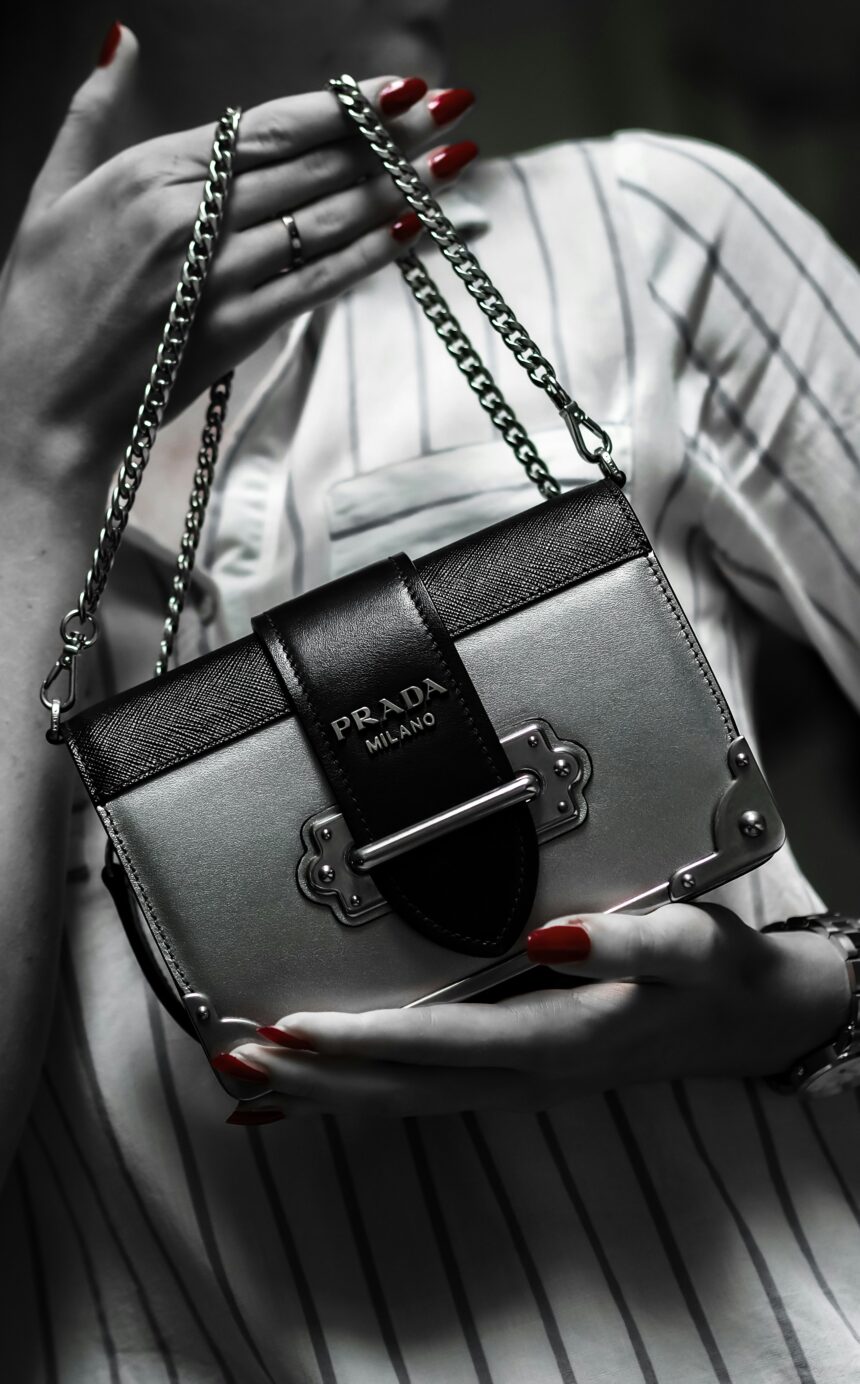Photo by Laura Chouette on Unsplash
When The Devil Wears Prada hit theaters in 2006, many saw it as a stylish workplace comedy with unforgettable one-liners (“That’s all.”). But beneath the designer gowns and icy glares, the film offers a sharp critique of materialism, gendered workplace culture, and the pressure women face to conform to impossible standards.
At the center of it all is Andrea “Andy” Sachs (Anne Hathaway), a fresh-faced journalist who takes a job as assistant to Miranda Priestly (Meryl Streep), the powerful editor-in-chief of Runway magazine. Andy doesn’t care about fashion, but at Runway, appearances are everything—and that clash sets the stage for her transformation.
Granny Panties vs. Lace: The Opening Contrast
The film’s opening montage says it all. While Runway women slip into lace underwear, perfect their makeup, and nibble on diet-friendly breakfasts, Andy throws on “granny panties,” ties her hair back, and grabs a bagel on her way out the door. She takes the subway; they glide into taxis and private cars.
This isn’t just a quirky setup—it’s a visual map of the class and cultural divide Andy is about to enter. Fashion isn’t just clothing in this world. It’s identity, status, and power.
The First Judgments: Appearance as Currency
From the moment Andy steps into Runway, her worth is measured by her outfit. Emily (Emily Blunt) mocks her, scoffing that HR must have made a mistake. Nigel (Stanley Tucci) delivers one of the film’s most biting lines: “Who is that sad little person? Are you doing a before-and-after piece that I didn’t know about?”
The message is clear—Andy’s intelligence, résumé, and ambitions don’t matter. In this workplace, fashion is currency, and without it, she’s broke.
Size Six? Practically Obese in Fashion Land
When Andy finally caves to the pressure and asks Nigel for help, he ushers her into the magazine’s fashion closet. His quip—“There’s nothing in this whole closet that will fit a size six”—isn’t just body-shaming; it’s a reflection of how women’s bodies are policed in industries built on materialism and image.
At Runway, being a size two or four is the standard. Anything outside that narrow box is treated as failure. Andy learns quickly: to be taken seriously, she has to play by these rules.
The Makeover and the Trade-Off
After her makeover, Andy earns newfound respect from her colleagues. Suddenly, she’s stylish, sleek, and “worthy” of their attention. But this external transformation comes at a cost.
Her friends and boyfriend barely recognize her anymore—literally and figuratively. Late nights, missed dates, and her growing obsession with fashion alienate her from the people who once grounded her. Andy has bought into Runway’s materialism, but it’s draining her of the very things that matter most.
Walking Away from Prada
By the film’s end, Andy makes the choice to leave. She realizes that the Runway world, with all its glamour and power, isn’t worth sacrificing her integrity, relationships, and dreams. Her final encounter with Miranda—where Andy smiles and waves, only to be ignored—perfectly captures her growth. She no longer needs approval from a materialistic culture that thrives on judgment.
Andy reclaims her identity. And that’s the ultimate rebellion.
Why It Still Matters
Nearly two decades later, The Devil Wears Prada remains a cultural touchstone because it speaks to ongoing issues around gender, work, and identity. Women are still judged for their size, their clothing, and their conformity to beauty standards—especially in male-dominated or image-driven industries.
Andy’s journey is more than a makeover story—it’s a warning about how materialism can consume us, and a reminder that walking away is sometimes the most powerful choice we can make.
👉 What do you think? Is The Devil Wears Prada just a workplace comedy—or is it secretly one of the most feminist critiques of materialism on screen?


Leave a Reply